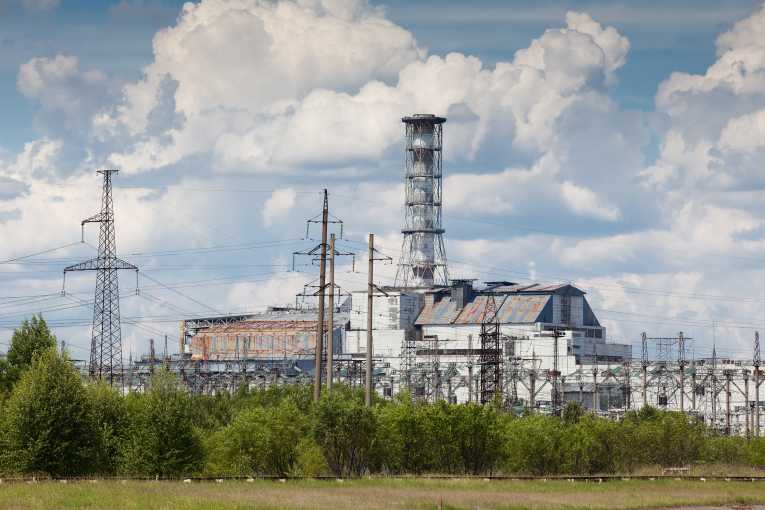On 26 April 1986, at 1.23 am local time, reactor number 4 at the Chernobyl nuclear power plant 62 miles from Kiev in the Ukraine, suffered a massive explosion to its core.
The results were catastrophic. Within a few months 28 of the 134 severely exposed emergency workers were to die from acute radiation syndrome and 19 more later died from different causes. The prediction is that around 4,000 will eventually die as a result of increased cancer risk.
The fire resulting from the explosion sent a plume of radioactive fallout into the atmosphere that drifted over large parts of the former Soviet Union and Eastern, Western and Northern Europe. Large areas of Ukraine, Belarus and Russia had to be evacuated and 336,000 people had to be resettled, including everyone from the nearby city of Pripyat.
Pripyat had originally been built to house people working in the power plant and had grown into a large modern city with a young and growing population of nearly 50,000. The average age was 26 and there were 15 primary schools and 5 secondary schools. There were wide streets, shopping malls and even an amusement park with a giant Ferris wheel.
The day after the explosion the situation had become so critical that orders were given for a complete evacuation of the city. The population was told not to take more than they could carry and they left in fleets of buses. Overnight the city became deserted and has been so ever since.
A 19-mile restriction zone still exists around the former reactor, but during the past 25 years radiation levels have fallen and it is now possible to take part in conducted tours of the deserted city. Soil levels, however, remain highly radioactive, particularly in the restricted area. Since plants cannot move away, they either adapt or die and in its usual way nature seems to be able to adapt to circumstances.
Martin Hajduch of the Slovak Acadamy of Sciences has conducted a series of experiments and his fellow researchers have noted that plants have an unexpected ability to adapt to an environment that is contaminated by radiation.
The scientists grew flax seeds in radiation-contaminated soil in the Chernobyl region and compared the resulting plants with plants grown from seeds planted in non-radioactive soil. They discovered that radiation exposure had relatively little effect on the protein levels in the plants, with only about five percent of the protein levels altered. Among these were certain proteins that are involved in cell signalling, or chemical communication.
''It is just unbelievable how quickly this ecosystem has been able to adapt,'' Martin Hajduch said. ''[There must be] some kind of mechanism that plants already have inside them. Radioactivity has always been present here on Earth, from the very early stages of our planet's formation.''
''There was a lot more radioactivity on the surface back then than there is now, so probably when life was evolving, these plants came across radioactivity and they probably developed some mechanism that is now in them.''










